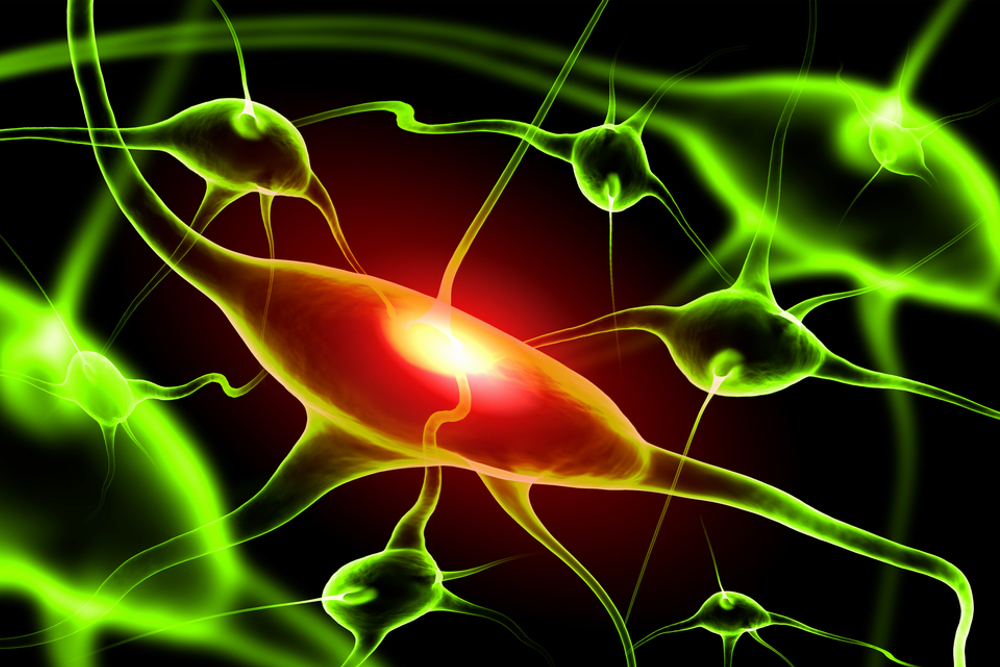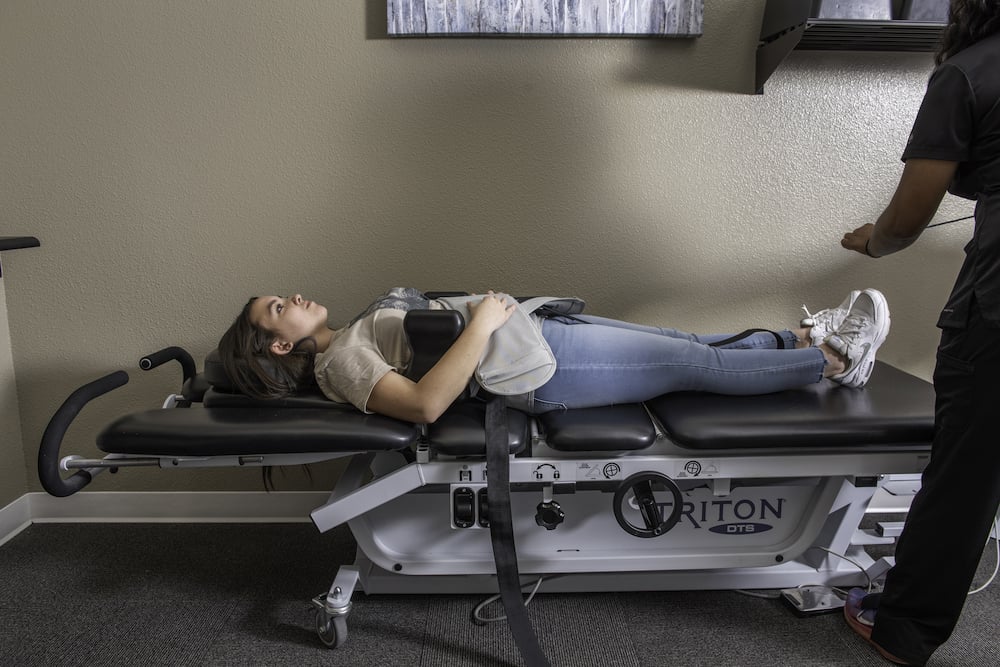Best Ways to Reduce Nerve Pain
4 min read

The nerves are specialized receptors that send signals and impulses to the brain and spinal cord. This is how you can tell if something is hot or cold or if something is painful. Have you ever stubbed your toe? Your nerves are sending the signal from your foot to your brain about how much that hurts.
When nerves become damaged or stop working properly, it can lead to nerve pain. Nerve pain can range from mild and slightly uncomfortable all the way to very sharp or burning pain that doesn’t go away. And nerve pain can happen in many different areas of the body. Even in mild cases, nerve pain can interfere with daily life, so it is important to find treatment strategies that work well for you.
What Causes Nerve Pain?
Nerve pain is commonly caused by diseases or injuries that affect the brain, spinal cord, and nerves. Some conditions that might cause nerve pain include alcoholism, carpal tunnel syndrome, Parkinson’s disease, and multiple sclerosis.
A common cause of nerve pain starts in the spine when a disc bulges or herniates, pushing against the spinal nerves. This can lead to sciatic nerve pain: a shooting pain that runs up and down the back of one or both legs.
When numbness in the fingers or feet is an issue, this is also a form of nerve pain. It can feel like pins and needles, varying from somewhat bothersome to very painful. Neuropathy is the term used to describe dysfunction of the nerves at the end of our arms and legs (peripheral nerves). People with diabetes commonly experience neuropathy as a complication of their disease. It can also be a side effect of some cancer treatments.
Lifestyle Changes That Help Manage Nerve Pain
Even minor nerve pain can get in the way of daily activities, and when it becomes severe, it can make it difficult to walk or sleep. There are some things you can do to help manage the pain, especially if the pain isn’t too severe.
Exercise Regularly
Exercise boosts the body’s circulation of blood. More blood flow leads to strengthening tissues. Low-impact exercises such as walking, swimming, and cycling can help with nerve pain management. Stretching is also helpful since it helps to improve flexibility. Try to make it a habit to stretch daily for a short period of time. By making it a habit to move your body regularly, you can keep your blood flowing well to encourage healing.
For those who have diabetes, this is also a good way to keep your blood sugar in balance, combined with a healthy diet. When diabetes is in control you’re less likely to have side effects such as neuropathy.
Good Posture is Important
You don’t want to put your body into awkward positions if you’d like to avoid nerve pain or help make nerve pain go away. This means always standing and sitting with good posture and avoiding slouching. Don’t look down at your phone for long periods of time, and sit in a chair with both feet on the floor and your back against the back of the chair. You should also consider your sleeping position. If you sleep on your side, use a pillow between your knees to help keep your spine from twisting too far in any direction.
Stress Management Techniques
Even mild pain can be a major stressor. If you’re struggling with nerve pain, it is important to find ways to manage your stress, such as through breathwork and meditation. You may find that relaxation techniques can be even more effective in overcoming pain than some medical interventions.
How Can Chiropractic Care Help with Nerve Pain?
There are several different approaches that your chiropractor can use to help you with your nerve pain. The first step they’ll take will be to evaluate you and ask a series of questions to determine the cause of the pain you’re experiencing. This will help them best treat the root of the issue rather than just masking symptoms.
Therapies that your chiropractor may use to treat your nerve pain include:
- Spinal adjustment. In this treatment, your chiropractor applies pressure to certain areas of the spine to help reduce pain and improve overall function and blood flow.
- Cold laser therapy. This is a form of light therapy that helps to stimulate blood flow to the area of the body where there is a tingling sensation. This can promote healing and reduce nerve pain.
- Spinal decompression. This practice stretches the spine to relieve pain. If you’re experiencing sciatica or if you know you have a herniated or bulging disc, this can relieve the pressure on your spinal cord. Several treatments are usually needed to help relieve the pain for long periods of time.
- Electrical muscle stimulation. This is helpful for repairing muscles in an area of the body where there is nerve pain. You’re able to relax the muscles after this treatment which can allow better blood flow to all of your nerves in that area of the body.
Natural Remedies for Nerve Pain
In addition to chiropractic care for nerve pain, there are also some natural approaches that can be used to help with managing this condition. Examples include:
- Heat and cold therapy. Some people find relief from pain by alternating cold and hot compresses.
- Herbal supplements and essential oils. Some herbal supplements may help with pain management by lowering inflammation and helping with relaxation.
- Massage therapy. Massage therapy can help to improve circulation and help with pain management and healing.
Get Help With Your Nerve Pain in The Woodlands
Living with nerve pain can be difficult. We’re here to help you manage it and, if possible, help it to disappear. Set up a consultation with a chiropractor at Village Chiropractic in The Woodlands, Texa, for an evaluation. This will help the doctor understand what may be causing your nerve pain so that a recommended treatment plan can be developed. Reducing this type of pain can take some time. Try to stick with the plan as best you can to give yourself the possibility of relieving the nerve pain entirely.
Request an appointment today so you can start feeling better!
More from Our Blog on This Topic
4 min read



